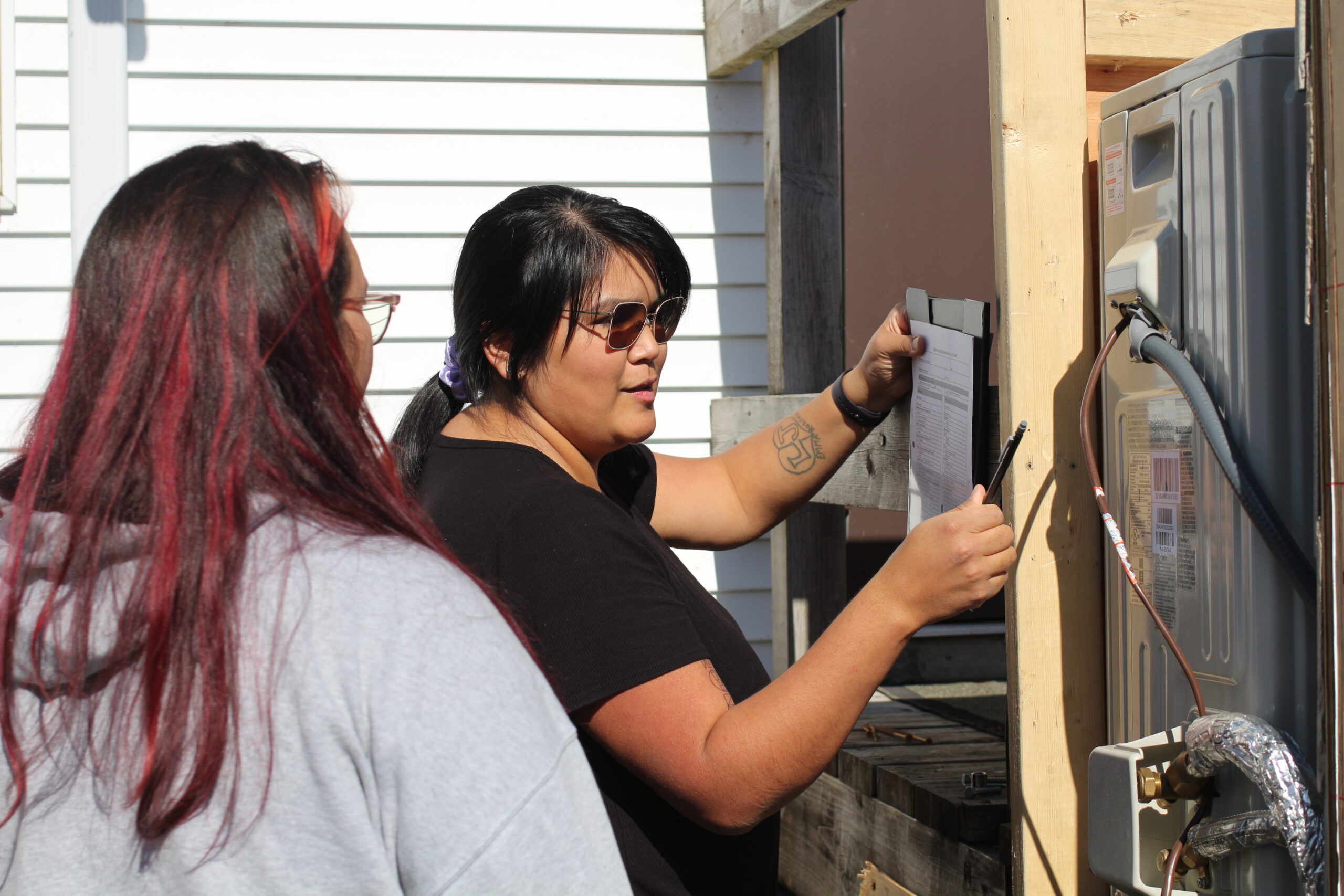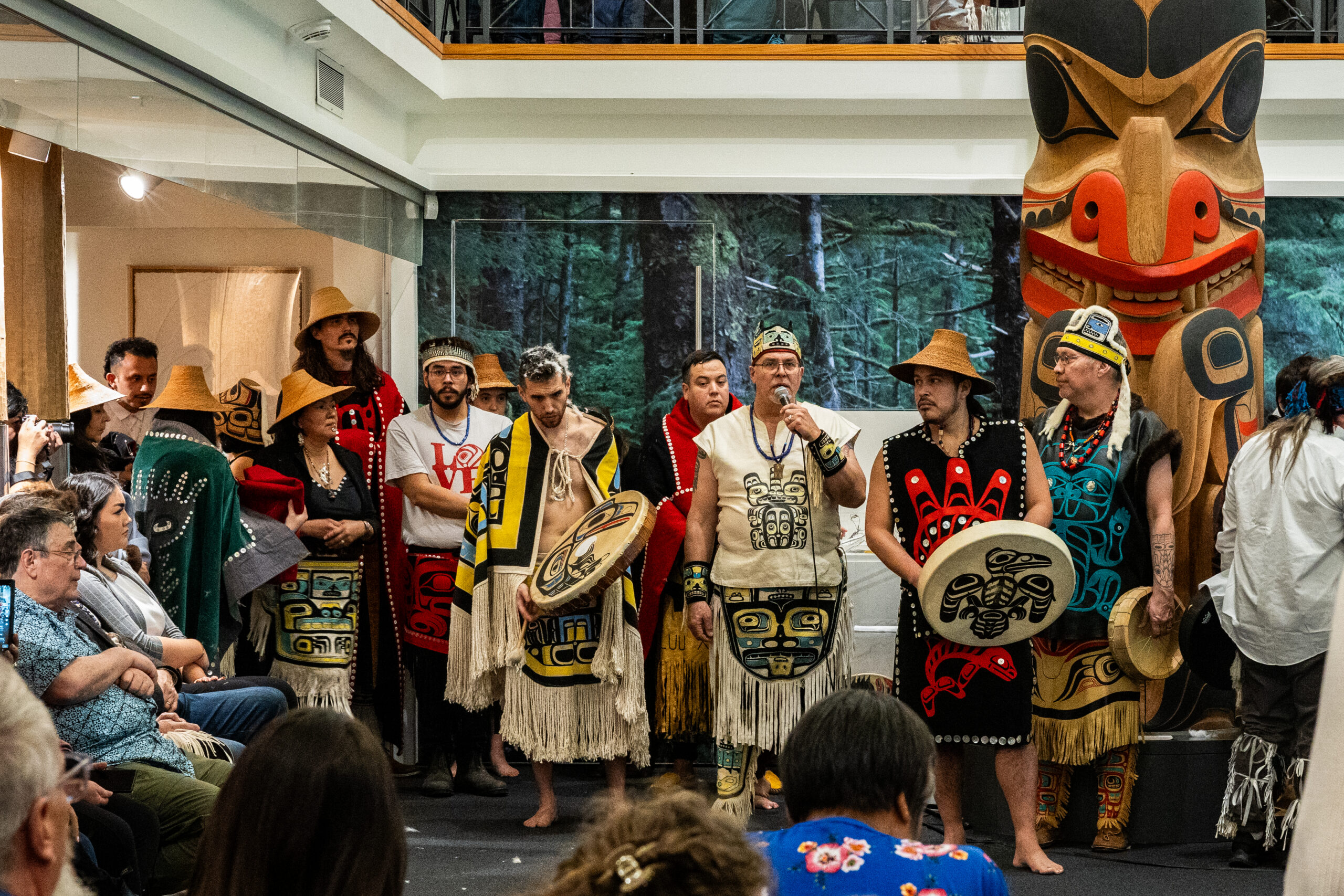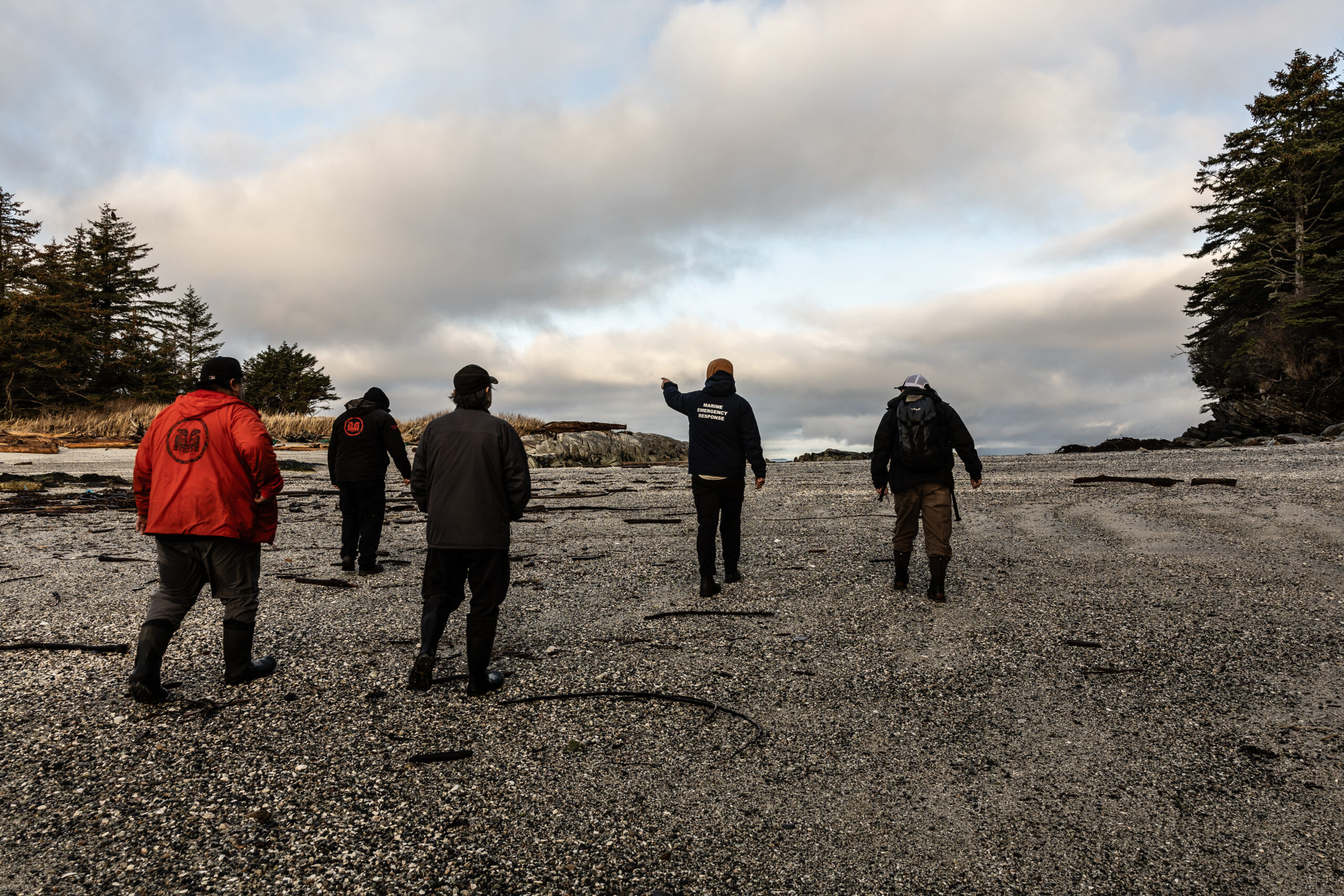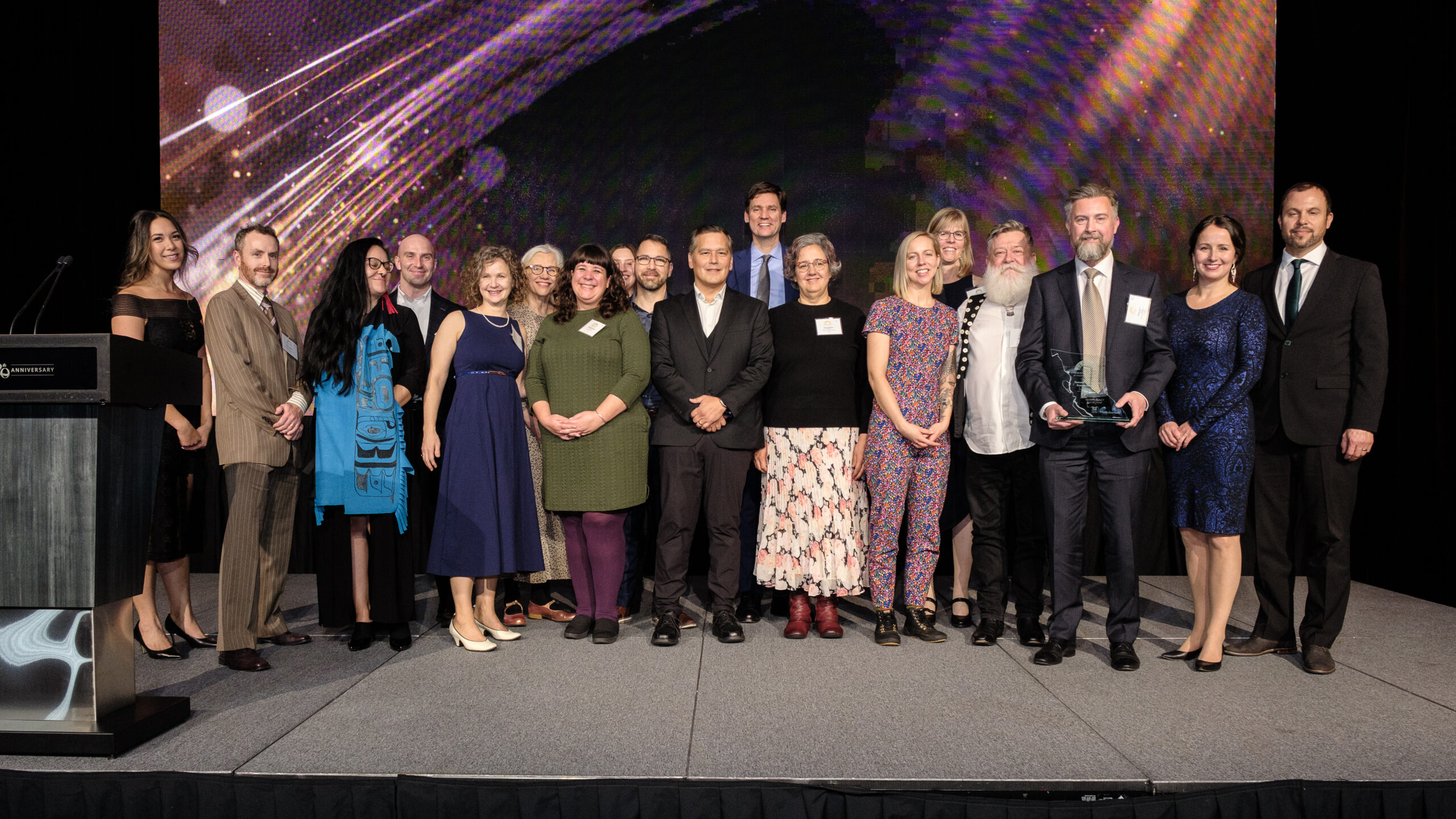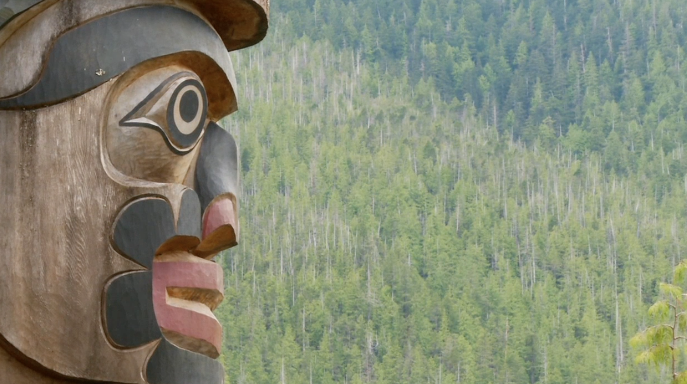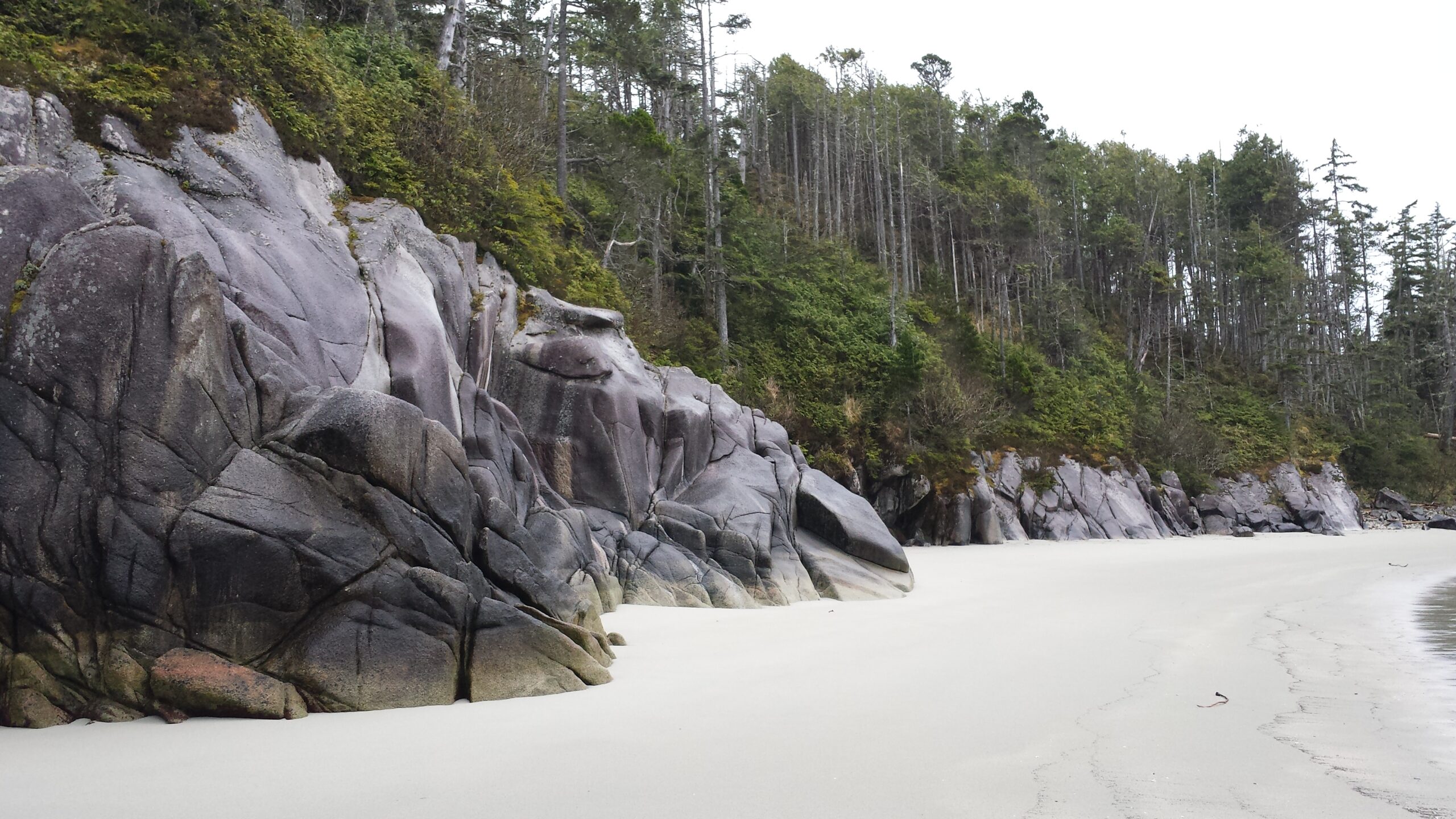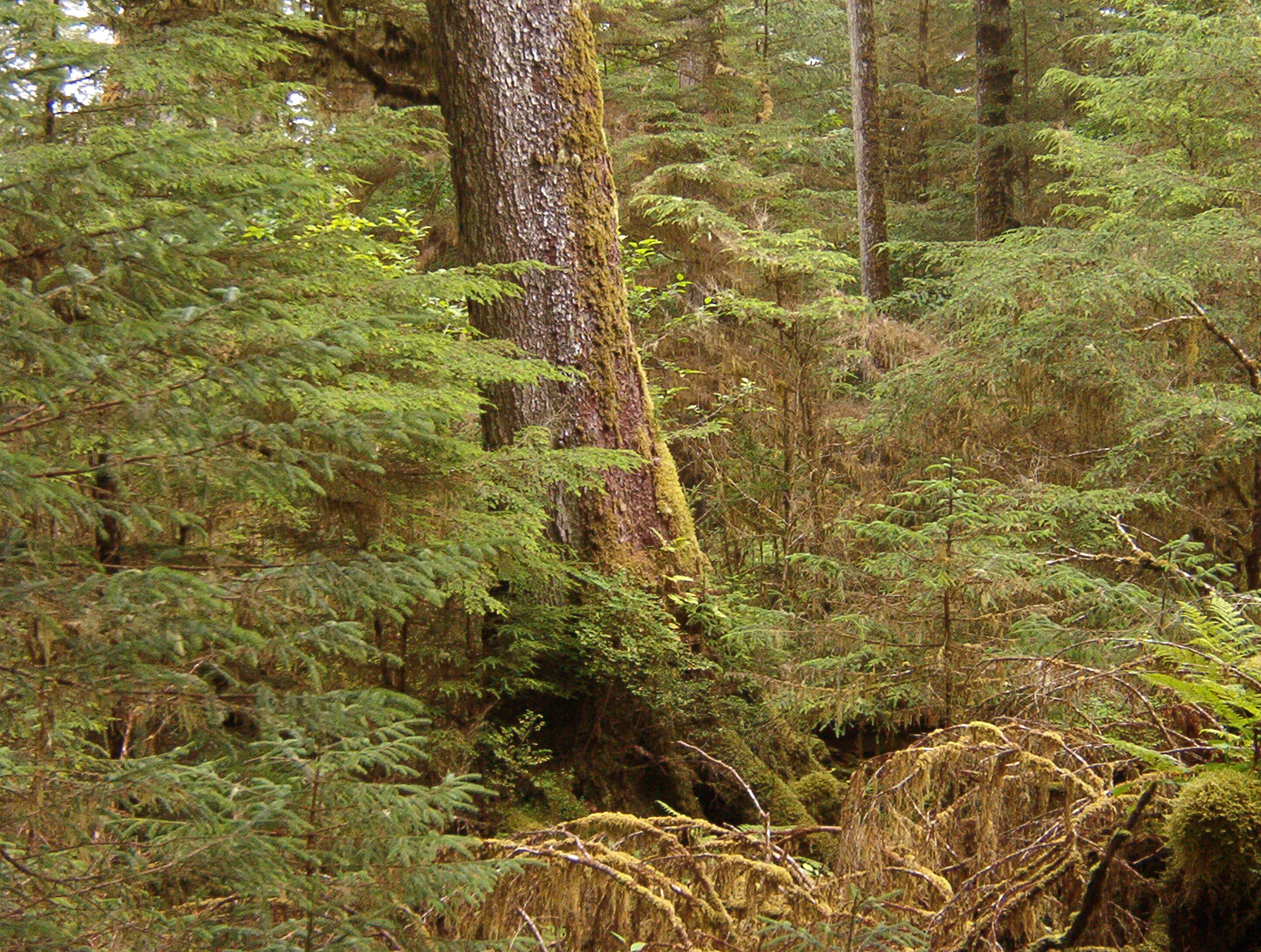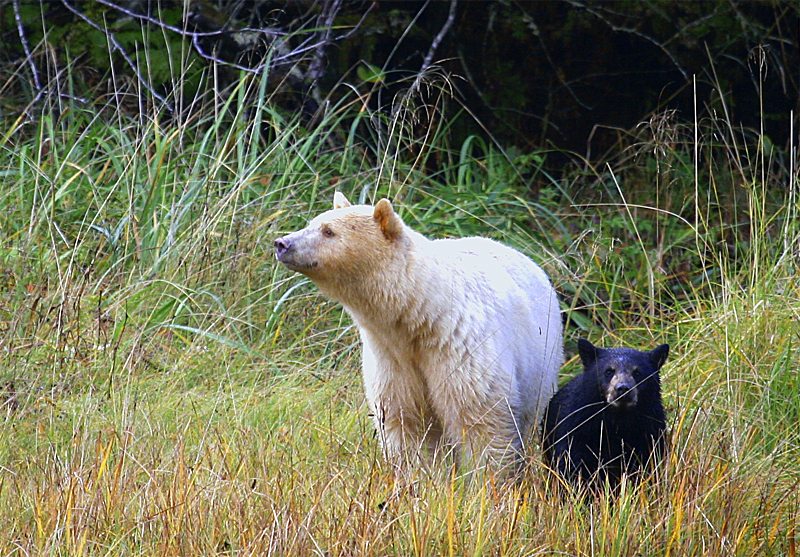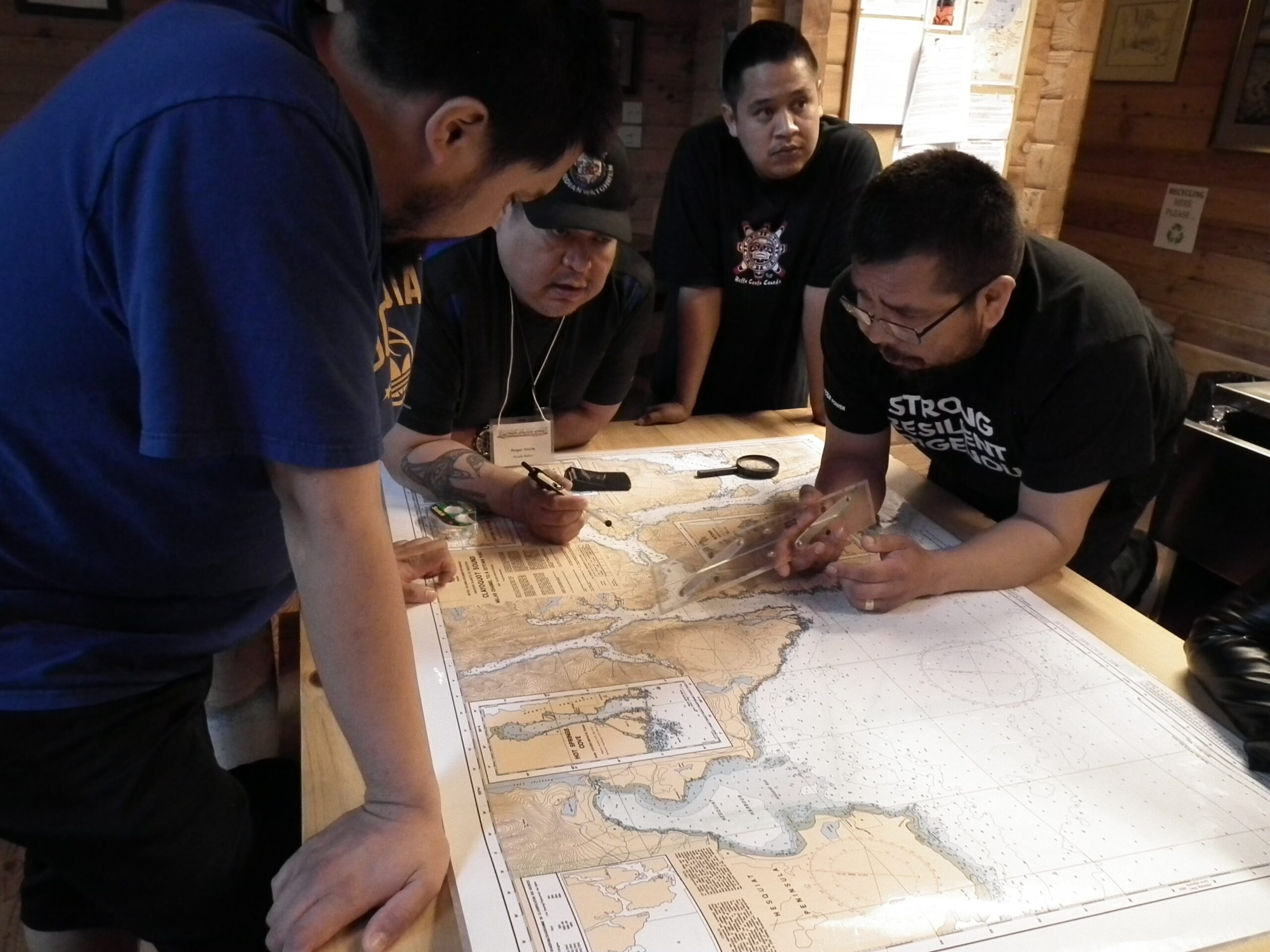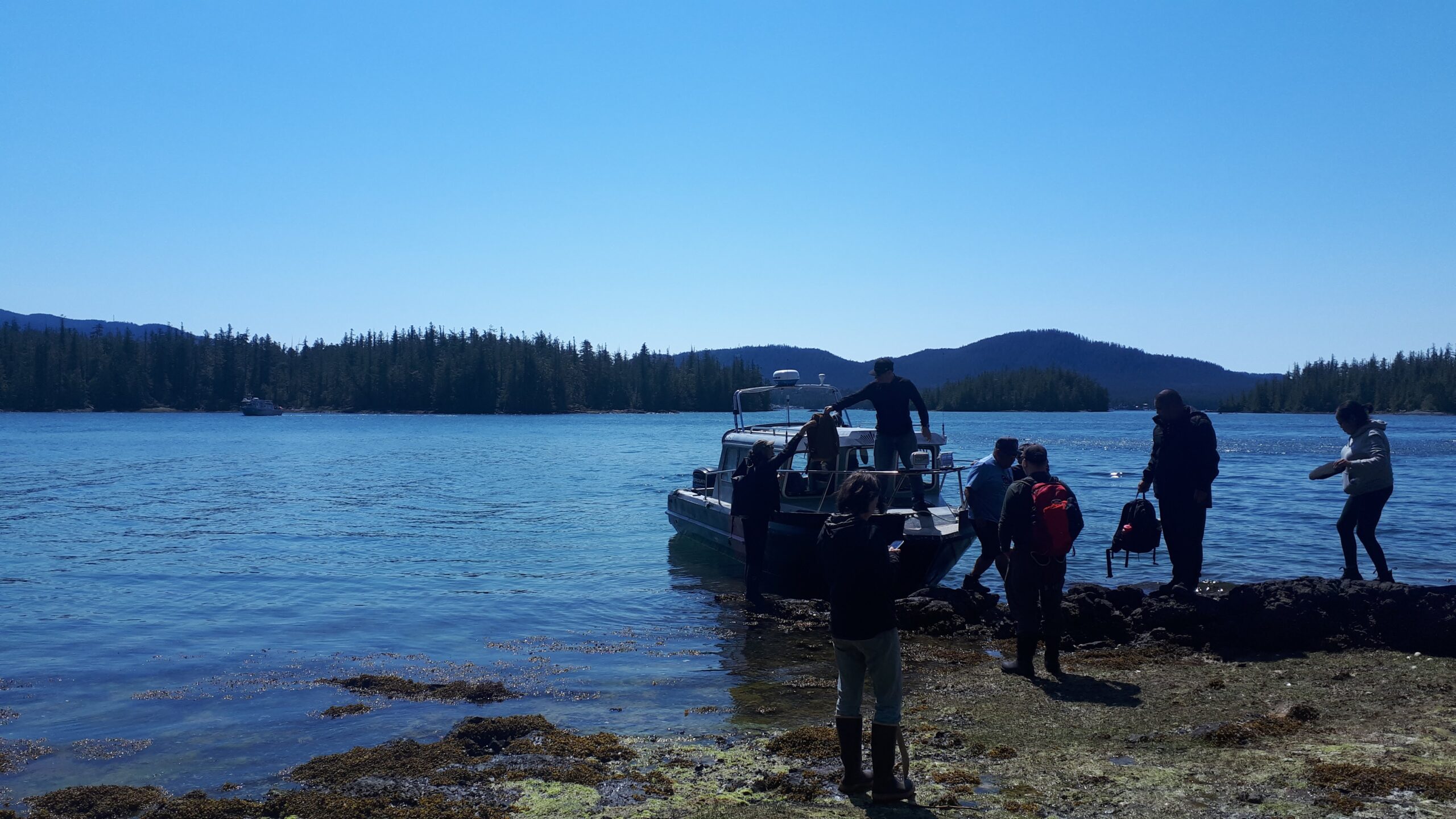About the Haida Nation
Haida people have called the islands of Haida Gwaii home for tens of thousands of years.
Traditional Haida Territory encompasses parts of southern Alaska, the archipelago of Haida Gwaii and its surrounding waters. The Haida Nation collectively holds Hereditary and Aboriginal Title and Rights to these territories and the cultural and intellectual property rights of the Haida Nation.
For CFN, the Haida Nation has three representatives, reflecting the Council of the Haida Nation and two Village Councils: the Old Massett Village Council and Skidegate Band Council.
CFN Representatives:
Gaagwiis Jason Alsop – President, Council of the Haida Nation
Donald “Duffy” Edgars – Chief Councillor, Old Massett Village Council
Billy Yovanovich – Chief Councillor, Skidegate Band Council
Explore more stories:
Haida Initiatives
Striving for full independence, sovereignty and self-sufficiency of the Haida Nation
-
Carbon Credits
Learn MoreProtecting and sustainably managing coastal forests to ensure a healthy future for all.
-
Sustainable Management
Learn MoreBuilding a conservation-based economy for the North and Central Coast and Haida Gwaii.
-
-
Great Bear Rainforest Agreement
Learn MoreProtecting and sustainably managing the Great Bear Rainforest, one of the world’s last largest coastal temperate rainforests.
-
Coastal Guardian Watchmen
Learn MoreCoastal Guardians work together to monitor, protect and restore the cultural and natural resources of their Nations.
-
Networking and Collaboration
Learn MoreSupporting Coastal Guardians and the stewardship offices of Coastal First Nations through opportunities for collaboration.
-
Regional Monitoring System
Learn MoreA regional approach to data collection that encourages collaboration and informed decision-making for Nations monitoring the North Pacific Coast.
-
Training
Learn MoreSupporting rich learning experiences that build capacity for current and future stewardship leaders.
-
Community-Wide Heat Pumps
Learn MoreCoastal communities are embracing heat pumps as a reliable, cost-effective and sustainable solution for indoor heating and cooling.
Explore Other Communities
About Coastal First Nations
CFN works to protect the natural and cultural resources of its member Nations, promoting sustainable economic development throughout the North and Central Coast and Haida Gwaii.
About UsWant to Reach Us?
Please complete the contact form and we will get back to you as soon as we can!
Contact Us